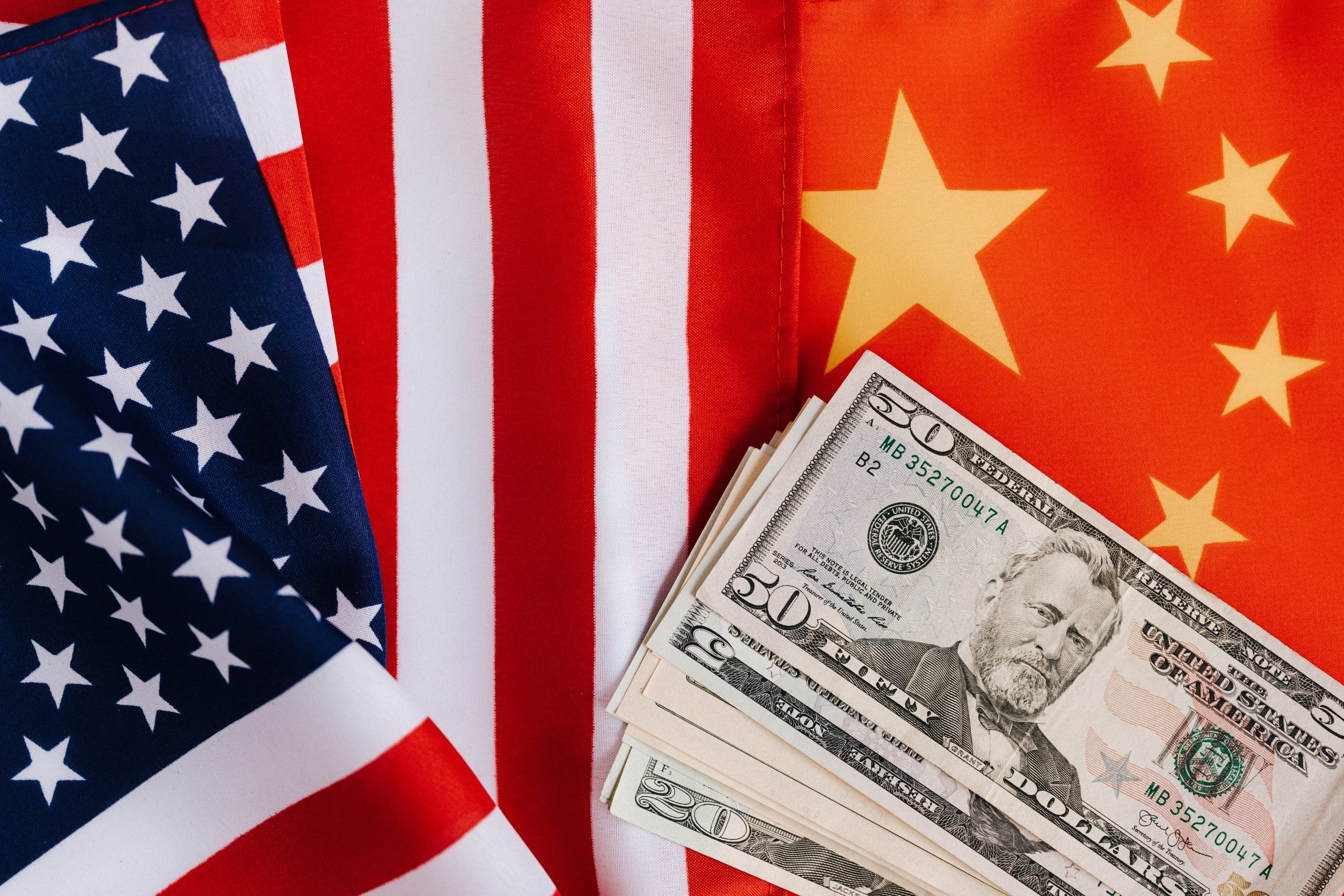Customer loyalty programs have been around for decades, but they have evolved significantly in recent years. Gone are the days of punch cards and points systems; today’s loyalty programs are all about subscription models that offer a range of benefits and perks to customers who sign up for monthly or annual memberships.
From beauty products to meal kits to streaming services, subscription-based loyalty programs are now ubiquitous across a wide range of industries. By paying a regular fee, customers can access exclusive products, discounts, and other benefits that are not available to non-members.
The benefits of these programs are clear for businesses. They offer a way to build a loyal customer base, generate recurring revenue, and create a steady stream of data that can be used to personalize marketing and sales efforts. For consumers, the benefits are equally attractive. By signing up for a loyalty program, they can save money, access exclusive products and services, and feel like they are part of a community.
However, there are also potential downsides to this subscription revolution. For one, the constant barrage of subscription-based marketing can be overwhelming and lead to decision fatigue. Additionally, some subscription models may be designed to encourage overconsumption or lock customers into long-term contracts that are difficult to cancel.
As with any trend, it is important to approach the subscription revolution with a critical eye. Consumers should carefully evaluate the benefits and costs of any loyalty program before signing up, and businesses should be transparent and ethical in their marketing and sales practices.
Overall, the subscription revolution represents a significant shift in the way we shop and consume products and services. As businesses continue to innovate and offer new subscription-based models, it will be interesting to see how consumers respond and what the long-term impact will be on the economy and society as a whole.










